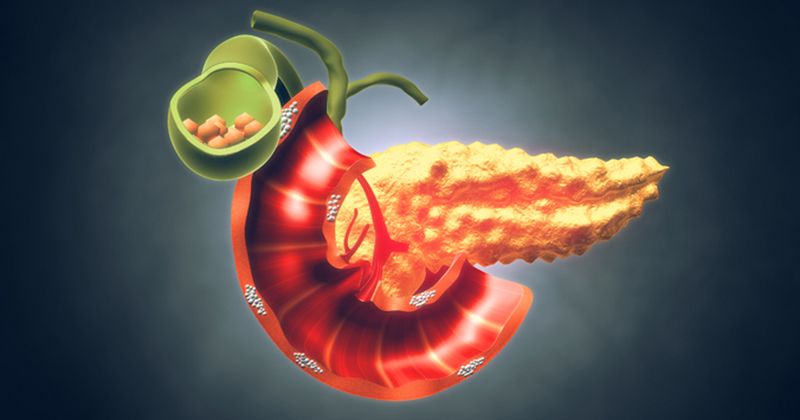Imaging technique detects residual beta cells in long-term type 1 diabetes
The use of noninvasive imaging of GLP-1 receptors could detect residual, nonfunctioning beta cells in people with long-term type 1 diabetes, according to data presented at the European Association for the Study of Diabetes virtual meeting.

“We can prove that we are able to measure the amount of beta cells left in the pancreas of people with long-standing type 1 diabetes,” Marti Boss, MSc, a postdoctoral researcher, and Martin Gotthardt MD, PHD, professor, both in the department of medical imaging at Radboud University Medical Center in Nijmegen, Netherlands, told Healio. “Half of the people we have tested seem to have so many beta cells that the uptake of the radiotracer is in the lower range of the healthy control group. Thus, it may be that a considerable part of people with type 1 diabetes may have more beta cells left than thought so far.”

Boss, Gotthardt and colleagues conducted a study with 10 people who had type 1 diabetes and 10 matched healthy controls with normal glucose tolerance. C-peptide was used to measure beta-cell function in the diabetes group. Participants in both groups received an injection of exendin-4 targeting the GLP-1 receptor, followed by a quantitative single-photon emission CT, to measure beta-cell mass.

Although tracer uptake levels were generally lower among the diabetes group compared with the control group, six of the 10 participants with type 1 diabetes had tracer uptake register above background levels. Additionally, five of those six participants had tracer uptake similar to that of the control group. Researchers found measurable C-peptide for only two of the 10 participants with diabetes.
“There is no correlation between the radiotracer uptake and the C-peptide levels,” Boss said during the presentation. “It seems like we’re actually looking at a residual, dysfunctional beta-cell mass.”
To confirm the findings, the researchers conducted immunohistochemical analysis of pancreas sections from organ donors with long-term type 1 diabetes to assess GLP-1 receptor expression and the presence of insulin and glucagon. The analysis revealed a limited number of islets with residual insulin-positive beta cells, including some that were GLP-1 receptor positive. There was also GLP-1 receptor expression found in insulin- and glucagon-negative islet cells.
Boss said the imaging technology could prove to be a “very valuable tool” in better understanding the pathophysiology of type 1 diabetes.
“This imaging technology can be used for diabetes research, as we do not know much about the amount of surviving beta cells in living people with diabetes,” Boss and Gotthardt said. “If, in the future, novel therapies will be available that can protect beta cells or increase the number of beta cells in the pancreas, it could be that we can predict who is going to respond to such therapies and who is not. This may also allow us to conduct clinical studies more efficiently as people with no beta cells would not need to be included in the trials and only people potentially responding would be studied. Also, the imaging technology could be used to follow the effect of such novel therapies.”


